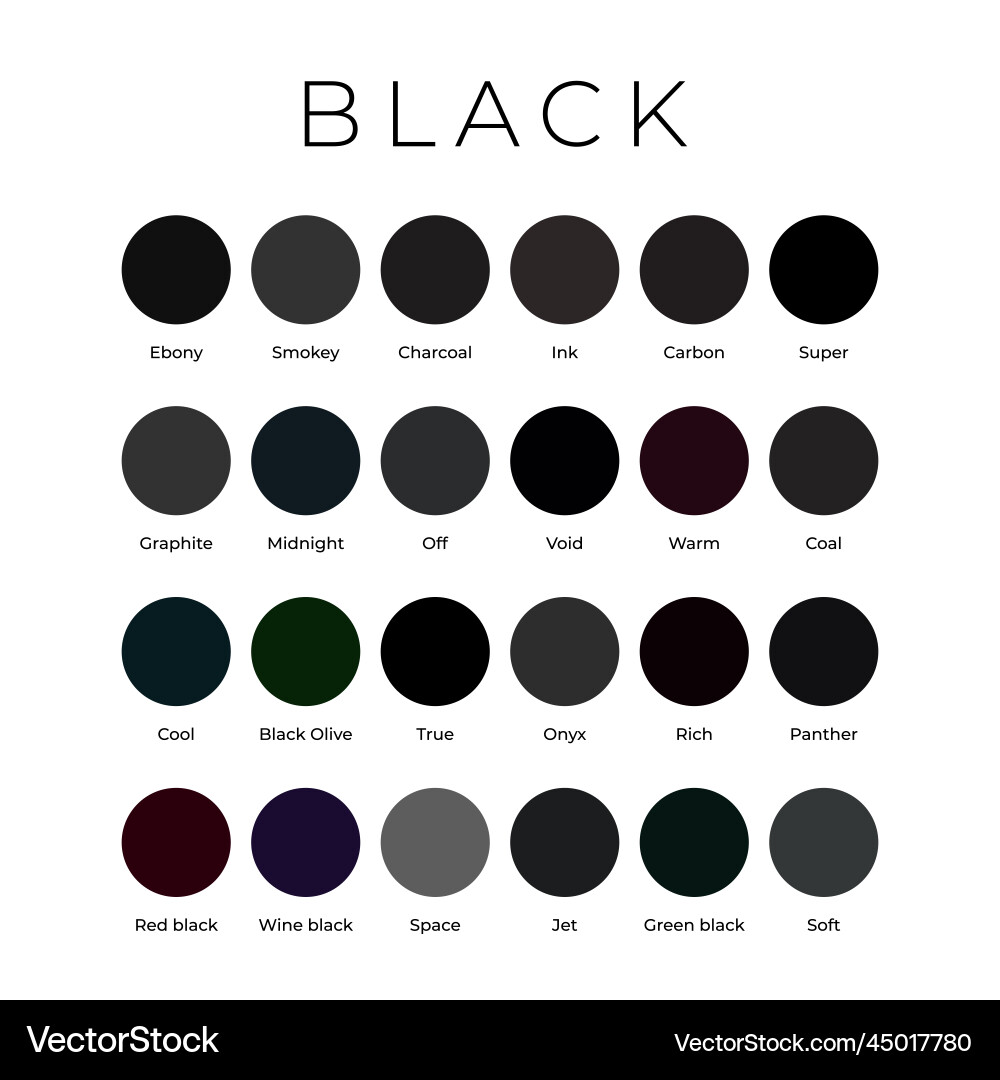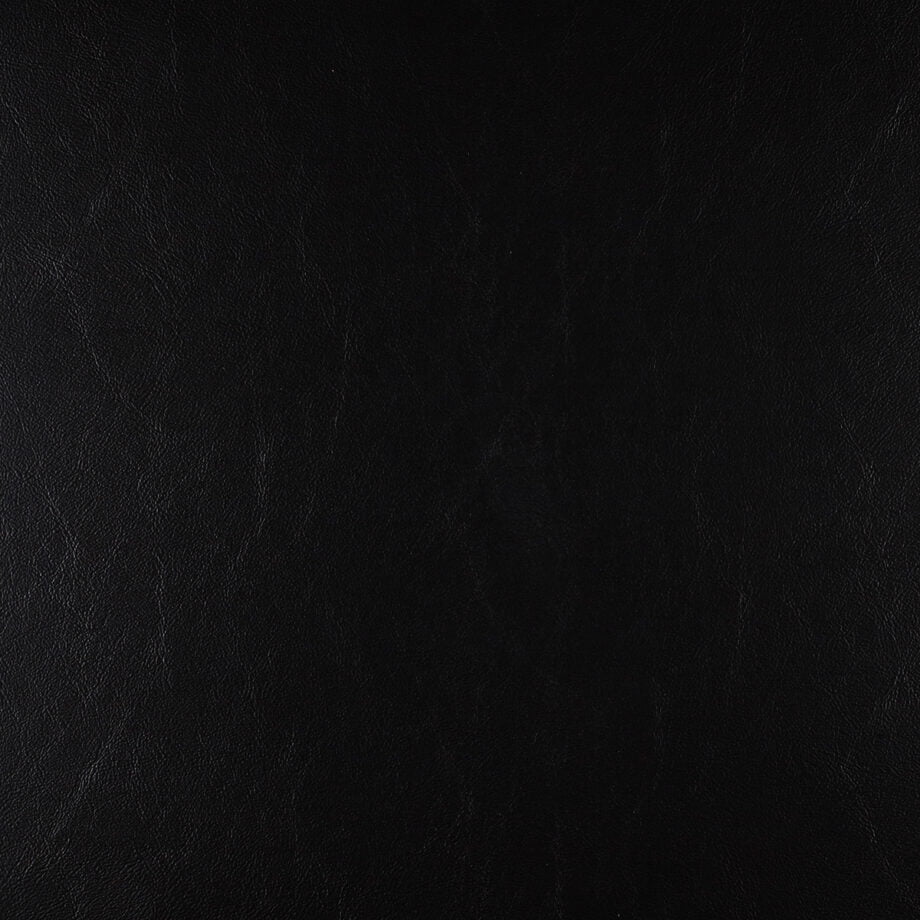Ebony is a dark black color often associated with elegance and sophistication. It is a deep, rich hue that is commonly used in fashion, design, and decor to add a touch of luxury and drama.
The color ebony is derived from the wood of the ebony tree, known for its dense and dark characteristics. In the world of art, ebony is often used to create striking contrasts and make bold statements. Its timeless appeal and versatility make it a popular choice for those looking to make a statement with their color choices.
Whether used as an accent or as the main color scheme, ebony adds a sense of depth and mystery to any space or design.
The Essence Of Ebony
The Essence of Ebony is a topic that has been debated for centuries. Ebony is a rich, dark wood that has been used for centuries in various cultures for its beauty and durability. It has been prized for its unique properties and has a deep-rooted significance in history and culture. In this blog post, we will explore the historical significance and cultural symbolism of ebony wood.
Historical Significance
Ebony wood has been prized for its beauty and durability for centuries. The ancient Egyptians used ebony to create elaborate furniture, while the ancient Greeks used it to create intricate carvings. In the Middle Ages, ebony was used to create intricate chess pieces and musical instruments. It was also used to make ornate boxes and other decorative items.
During the age of exploration, Europeans traded for ebony wood in Africa and Asia. It was highly valued for its beauty and durability, and it was used to create furniture, carvings, and other decorative items. The demand for ebony wood led to the development of a thriving trade network, which had a significant impact on the economies of Africa and Asia.
Cultural Symbolism
Ebony wood has a deep-rooted significance in many cultures. In Africa, it has been used for centuries to create masks, carvings, and other decorative items. It is often associated with power, strength, and protection. In some cultures, it is believed that ebony wood has magical properties and can ward off evil spirits.
In Western culture, ebony wood has been used to create elegant furniture and decorative items. It is often associated with luxury and sophistication. In literature, ebony is often used as a symbol of darkness, mystery, and power.
Overall, ebony wood has a rich history and cultural significance. Its beauty and durability have made it a prized material for centuries, and it continues to be used in various cultures around the world.

Credit: www.vectorstock.com
Ebony In Nature
Ebony in nature is a strikingly beautiful and highly sought-after wood that is known for its rich, dark color and exceptional strength. In the natural world, ebony is a remarkable material that has a fascinating botanical origin and a wide geographic distribution.
Botanical Origins
Ebony wood comes from several species of trees belonging to the genus Diospyros. These trees are predominantly found in tropical and subtropical regions across the world, particularly in Africa, Asia, and parts of the Americas. The dense and lustrous heartwood of ebony trees is responsible for the distinctive color and durability that makes ebony highly prized for various applications.
Geographic Distribution
The natural range of ebony trees extends across diverse ecosystems, including rainforests, savannas, and mountainous regions. Africa is renowned for its ebony-producing species, such as African ebony (Diospyros crassiflora) and Gabon ebony (Diospyros dendo). In Asia, species like Indian ebony (Diospyros ebenum) and Makassar ebony (Diospyros celebica) are highly regarded for their dark, dense wood. Additionally, the Americas are home to species like Mexican ebony (Diospyros texana) and Jamaican ebony (Diospyros crassiflora).
Characteristics Of Ebony Wood
Ebony wood is a highly sought-after material known for its distinctive qualities. Its unique characteristics make it a popular choice for various applications, from furniture and musical instruments to decorative items. Let’s explore the key features of ebony wood:
Texture And Grain
Ebony wood has a smooth and fine texture that gives it a luxurious appearance. Its grains are typically straight, though they can sometimes be interlocked or wavy. The fine texture and consistent grain pattern contribute to the overall elegance and beauty of ebony wood.
Durability And Hardness
Ebony wood is renowned for its exceptional durability and hardness. It is one of the densest and hardest woods available, making it highly resistant to wear, dents, and scratches. This durability ensures that ebony wood products can withstand the test of time, making them a long-lasting investment.
The hardness of ebony wood also makes it suitable for intricate carving and detailed work. Craftsmen and artisans appreciate its ability to hold intricate designs, resulting in stunning and intricate pieces.
Moreover, the hardness of ebony wood gives it excellent resistance to moisture, warping, and decay. This makes it a preferred choice for outdoor furniture and items exposed to the elements.
Overall, the unique texture, grain pattern, durability, and hardness of ebony wood make it a highly desirable material for a wide range of applications. Its natural beauty and long-lasting nature ensure that any product made from ebony wood will stand out and endure for years to come.
Ebony’s Color Spectrum
Ebony is a deep, rich color that falls within the dark brown-black spectrum. It exudes elegance and sophistication, making it a popular choice for luxurious designs and upscale products. The unique hue of ebony adds a touch of mystery and allure to any setting.
Variations In Hue
Ebony, a rich and captivating color, encompasses a diverse spectrum of hues that add depth and character to any space. From the deepest shades of black to warmer undertones of brown, ebony possesses a unique versatility that makes it a popular choice across various design styles. Let’s explore the variations in hue that make ebony such a captivating color.
The primary hue of ebony is black, which represents the darkest end of the color spectrum. This intense darkness creates a striking visual impact, making ebony an excellent choice for adding drama and sophistication to any setting. However, ebony is not limited to a single shade; it also encompasses a range of brown undertones that add warmth and richness to its overall appearance.
When it comes to the variations in hue within the ebony color spectrum, one can encounter shades that lean more towards black, while others exhibit stronger brown undertones. These variations allow designers and homeowners to select the perfect ebony shade that complements their specific aesthetic preferences and existing decor.
Interplay With Light
One of the fascinating aspects of ebony is its interplay with light. The way ebony absorbs or reflects light can significantly impact its appearance and create a captivating visual experience. When light interacts with ebony, it reveals subtle nuances and textures that add depth and dimension to the color.
Due to its dark nature, ebony often absorbs light rather than reflecting it. This absorption results in a velvety, matte finish that exudes elegance and sophistication. The absence of strong reflections allows ebony to create a sense of calm and tranquility, making it an ideal choice for creating intimate and cozy spaces.
Furthermore, the interplay between light and ebony can also highlight the intricate grain patterns in materials such as wood or stone. This effect adds an element of natural beauty and visual interest to any surface or object featuring ebony.
Whether used as a dominant color or as an accent, ebony’s interplay with light enhances its inherent beauty and elevates the overall aesthetic of any space.
Uses Of Ebony
Ebony is a dense and durable wood that is prized for its deep black color and attractive grain. Its versatility makes it a popular choice for various applications, ranging from fine woodworking to musical instruments. Let’s explore the diverse uses of ebony in more detail.
In Fine Woodworking
Ebony is highly sought after in fine woodworking due to its exceptional qualities. It is often used for crafting intricate details and accents in furniture, cabinetry, and decorative items. The rich, dark hue of ebony adds a touch of elegance to high-end woodworking projects, making it a preferred choice for creating luxurious finishes.
Musical Instruments
Ebony is a favored material for the construction of musical instruments, especially for components that require strength, stability, and a visually striking appearance. It is commonly used in the production of piano keys, violin fingerboards, guitar fingerboards, and other instrument fittings. The density of ebony contributes to the production of clear, resonant tones, making it an ideal choice for enhancing the acoustics of musical instruments.

Credit: chieftainfabrics.com
The Rarity Of True Ebony
When it comes to ebony, its true rarity shines through, captivating those seeking its deep, dark allure.
Conservation Status
Ebony’s conservation status remains a concern due to overharvesting and habitat destruction.
Sustainable Sourcing
Ensuring sustainable sourcing practices is crucial to preserve ebony for future generations.
Maintaining Ebony’s Beauty
Ebony is a stunning wood that deserves proper care to maintain its beauty over time. By following the right care and restoration techniques, you can ensure that your ebony pieces remain exquisite for generations to come.
Care And Preservation
1. Regular dusting with a soft cloth keeps ebony surfaces clean and free from debris.
2. Avoid exposure to direct sunlight to prevent fading and discoloration of ebony.
3. Use a mild wood cleaner specifically designed for ebony to clean surfaces gently.
Restoration Techniques
1. Polishing ebony surfaces with a high-quality wood polish can restore shine and luster.
2. Minor scratches can be buffed out using a fine-grit sandpaper followed by polishing.
3. For deeper scratches or damage, consult a professional wood restorer for expert repair.
Ebony In Art And Design
Ebony in Art and Design holds a timeless allure that transcends boundaries. The deep, rich hues of ebony have been a source of inspiration for creators across various mediums.
Iconic Creations
Throughout history, ebony has been used to craft iconic pieces of art and design. From intricate sculptures to elegant furniture, the depth and beauty of ebony have captivated artists and designers for centuries.
Modern Interpretations
In contemporary art and design, ebony continues to make a statement. Artists and designers are finding new and innovative ways to incorporate this classic material into their work, creating modern masterpieces that pay homage to tradition.

Credit: www.canva.com
Frequently Asked Questions
Q: What Is Ebony Color?
A: Ebony is a dark black-brown color, resembling the wood of the ebony tree.
Q: Where Does The Name ‘ebony’ Come From?
A: The name ‘ebony’ is derived from the Ancient Egyptian word ‘hbny’, which means ‘black wood’.
Q: Is Ebony A Popular Color Choice For Home Decor?
A: Yes, ebony is a popular color choice for home decor due to its elegant and timeless look.
Q: What Are Some Popular Items That Come In Ebony Color?
A: Ebony is commonly used in furniture, musical instruments, and luxury items such as watches and jewelry.
Conclusion
Ebony is a rich and deep color that holds a unique beauty. Its versatility and elegance make it a popular choice in fashion, design, and art. Whether used as an accent or a focal point, ebony adds a touch of sophistication to any setting.
Embrace the timeless allure of ebony in your personal style and surroundings.


